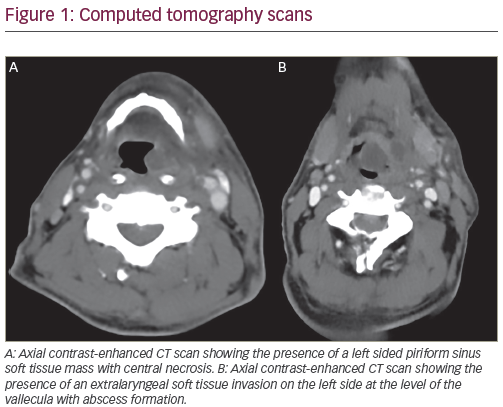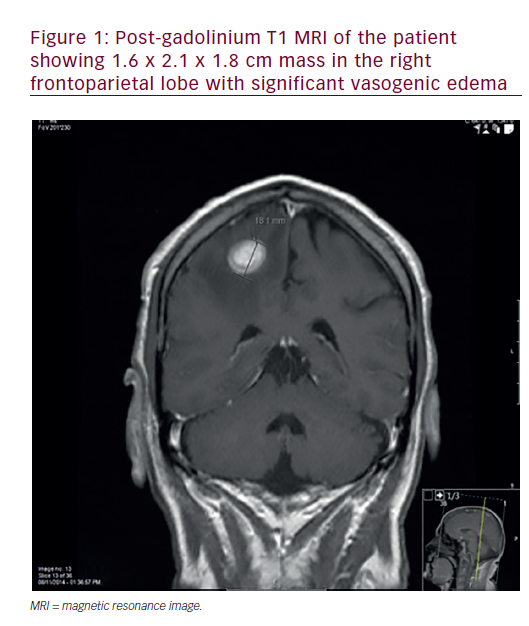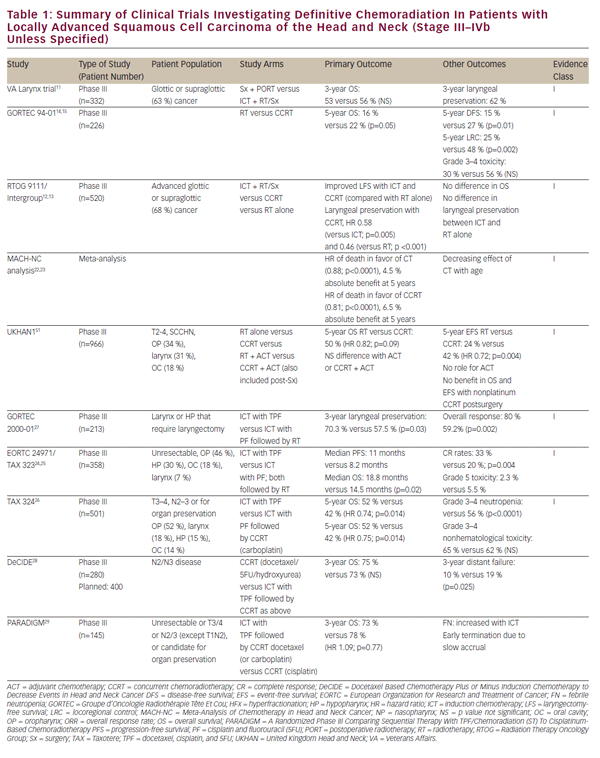The term hyperfractionated radiotherapy (HFR) is used when radiotherapy is delivered in doses below 1.8-2.0 Gy per fraction. The rationale for doing so can be found in the differences in intrinsic radiosensitivity between tumours and late responding normal tissues. A small dose per fraction will tend to increase the therapeutic ratio between tumour and critical normal tissue and therefore allow a higher tumour dose to be given at the same level of normal tissue damage.1 This principle has been extensively explored for squamous cell carcinomas arising in the head and neck region. The impact of HFR was first demonstrated by Jean-Claude Horiot and colleagues2 in the (European Organisation for Research and Treatment of Cancer) EORTC 22791 trial, randomising 356 patients with T2-T3, N0-N1, M0 oropharyngeal squamous cell carcinomas demonstrating a significant positive effect in tumour control without increased late normal tissue morbidity. Other studies followed3,4 and meta-analyses have clearly demonstrated that HFR provides not just better tumour control but also significantly improved overall survival compared to conventional fractionation.5
The approach of combining radiation with concurrent chemotherapy have shown benefit in terms of better loco-regional control and overall survival both for conventional and accelerated radiotherapy.6Likewise, HFR was tested against concurrent chemo-HFR often with platinumbased regimes and although not that substantial evidence, data still demonstrate that chemo-HFR yield better results than HFR alone in terms of loco-regional control and overall survival7 and with similar frequency of severe late side-effects.8
Despite this evidence, HFR has never gained a prominent place as standard treatment in the western world and the question is if this is due to not being considered evidence-based or due to more logistic challenges. At some point, the radiobiological approach to improving the results of radiotherapy have been overshadowed by technical advances such as intensity modulated radiotherapy (IMRT) and related techniques. For sure it seems that IMRT has spared normal tissue morbidity by spreading out dose over a larger volume, but we still have not demonstrated a better tumour control and survival.9 HFR is therefore still a valid candidate for increasing the total dose to the target in a safe way. On top of that, it is reasonable to believe that acute and late morbidity to HFR is easier to account for using modern radiotherapy techniques compared to 2-D techniques used in most of the large randomised trials on HFR.
Some of the arguments for not introducing HFR as a standard treatment are the costs, the uncertainties of the influence of human papillomavirus (HPV), hypoxia, patient compliance, high age of the patients and co-morbidity.
Indeed, the question of resources is valid in large parts of the world, but in high-income countries the resources for delivering radiotherapy have increasingly been improved over the last 10 years10 and in most parts of Europe such a treatment could be feasible.
The large randomised trials were done in a time before the prognostic and predictive importance of HPV/p16 for radiotherapy was known. One could argue that the positive effect of HFR is difficult to interpret today where HPV/p16 positive tumours are very frequent and the distribution in these older studies are not known. However, HPV/p16 positive tumours have been shown only to carry significant prognostic information within the oropharyngeal region11 and most studies of HFR have only included oropharyngeal tumours or have a balanced distribution of sites between the study arms. These facts, make it difficult to believe that there is a potential imbalance of patients with radiosensitive HPV/p16 positive tumours between study arms. Also, the studies were performed in a time where the absolute majority of patients were smokers and therefore had a mixed aetiology compared to being only HPV/p16 positive12 and consequently less positive outcome.13
Nevertheless, as the HPV/p16 positive tumours generally are very radiosensitive and the prognosis is very good, the focus for HFR should rather be the HPV/p16 negative patient that are also characterised by smoking, co-morbidity and a higher median age compared to the HPV/ p16 positive patients. As a consequence, there are often concerns for the patient’s compliance for such an intensive treatment. A recent Danish phase I-II study, Danish Head and Neck Cancer Group (DAHANCA) 28a, investigated HFR with concurrent low-dose weekly cisplatin and the hypoxic radiosensitizer in the HPV-negative, smoking population with locally advanced squamous cell carcinomas of the head and neck.14 Co-morbidities and performance were registered and patients were allocated to different treatment groups based on increasing number of co-morbidities and decreasing performance. Data will be presented for the first time later this year, but it is already now known that treatment compliance – in spite of the criteria of the patient population – was fully in line with what can be expected from HPV/p16 positive non-smoking patients. In the end, one important parameter is to have the right setup for supportive care: proper access to tube-feeding, dieticians, social workers, housing close to the hospital, access to proper supportive medication, etc.
Despite all the technological advances throughout the last two decades there are still a need to optimise the treatment for this group of head and neck cancer patients with the poorest outcome. On top of all technical advances in the field, new focus on HFR is the reasonable radiobiological approach to take.








